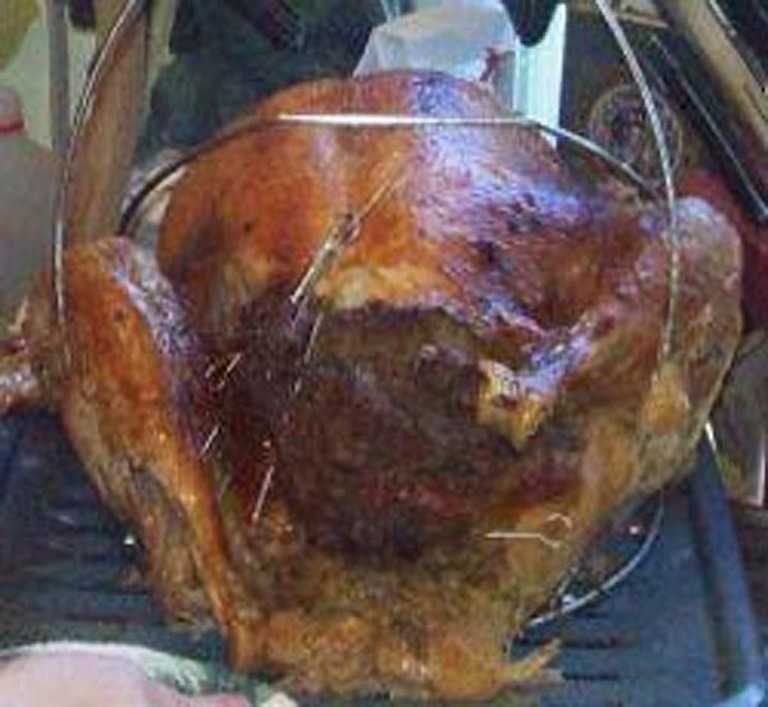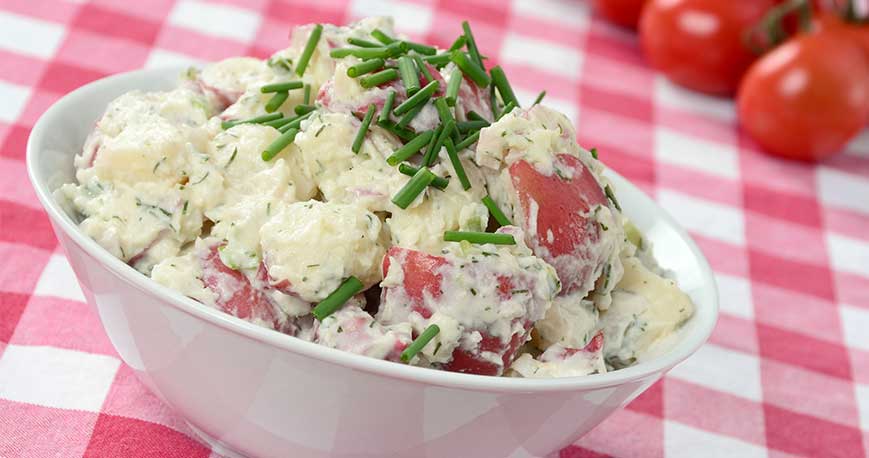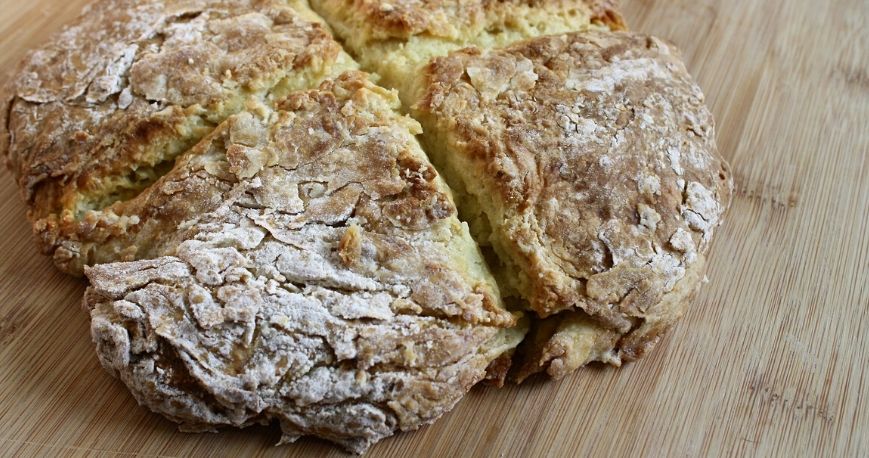More Side Dishes Recipes
Heritage Oyster Stuffing
Ingredients
- 1 Turkey w/ giblets and neck( figure about 1 to 1 and 1/2 lb. per person eating)
- For Stuffing
- 1 bunch of Celery
- 5 or 6 stems of fresh Parsley
- 1 whole Clove of Garlic
- 2 to 3 Medium Bell Peppers
- 2 to 3 Medium Yellow Onions
- 6 cups of bread crumbs (This can be French bread left to stale, oven toasted white bread, cornbread, or store bought pre-made unseasoned dressing style bread crumbs.)
- Oysters in water ( 1 qt for a bird < 15 lb., 2 qt. for a bird >15 lb.)
- Extra Virgin Olive Oil
- Salt, Pepper, Cajun Seasoning, Butter or Margarin
- For Gravy
- Giblets and neck from the cavity of the turkey
- 2 to 4 cups of Chicken stock
- Flour ( Fine cooking flour works best but old fashion flour and water glue will work equally as well. The water left over from boiling rice will act as a thickener also.)
- 1 packet of brown gravy mix or 2 or 3 beef bullion cubes
- For Butter mix
- 2 tbl butter or margarin
- pinch of salt, pepper, garlic powder, and cajun seasoning
- tsp EVO
- -loosely cover and microwave to melt butter
Instructions
Well this is a long process recipe, but a family favorite at Thanksgiving for over 100 years. Here is how I do it- but variations are so much fun. I also included how I cook the Turkey and make the gravy.I start about 2 weeks before, with the original New Orleans "Trinity". That is Yellow Onion, Green Bell Pepper, and Celery. I chop them up very fine as well as a whole clove of garlic and a half of a bunch of parsley. I mix them all together in a gallon zip top bag and add about a 1/4 cup of Extra Virgin Olive Oil (EVO). I seal the bag with as much air as possible removed and freeze until the night before.
On the night before Thanksgiving, I thaw the veggies and run them through a food processor to completely puree them. ( I cannot stand chunks of veggies.)
Next, in a 12 quart stock pot I fully cook them down on medium heat, until they "no longer smell green" and loose that fresh veggie "crunch". This takes anywhere from an hour 45 to 2 hours depending on your stove top, stirring constantly. (If you find it get to dry and pasty during cooking, lower heat and add no more than a half cup of water no more frequently than every 30 minutes to keep the mix from turning into glue.)
Next add the Oysters. This is where you can really play with the recipe. Any variety of oysters are acceptable; Gulf, East Coast or Pacific Coast, and the consistency is totally up to you. In my family we prefer them totally liquified, but my grandmother liked them chopped. Any way you choose to treat them, add them to the veggie mix with the "liquor" they came in. ( Note 1 pint (16 fl oz) = about 1.300 pounds)
Maintain heat (no higher than medium setting), cover and stir occasionally for 30- 45 minutes.
Add the breadcrumbs slowly, folding them in completely adding water AS NEEDED to get the stuffing to an average consistency. Then allow to brown for about 30 minutes. Salt, Pepper and Cajun Season to taste.
Allow to cool, while preparing the turkey. (Make sure he is totally thawed in advance. roughly 24 hours per 5 pounds.) Remove the neck and giblets and set them aside. In the roasting pan blend a can of chicken stock, the brown gravy mix, and turkey drippings. Place the empty bird in the roasting pan. Fill the cavity with the cooled stuffing and sew him closed with a lacing kit. As mu mom like to say it... "Once you get him completely full add two more heaping serving spoons for good measure."
Cover or tent the bird and place in the fridge until he goes into the oven the next day. I put mine in at between 4 and 5 am at 350 and go back to bed. Around 11 am I uncover him, drain the drippings into a stove top safe cooking container and begin the gravy and the turkey goes back in at a low broil to brown. While he is browning I make the gravy.
In the cooktop on low to medium low heat I slowly add Wondra mixing flour to the gravy until it hits almost the right consistency for us. Residual heat will continue to thicken the gravy, and if it gets too thick just add water to rehydrate it. At this stage I taste it to see if it needs any season doctoring.
I know many of us are concerned with doneness, overcooking/dryness, and safe cooking of a stuffed bird. I have been either doing this personally or eating it after my mom has done it for 34 years now. BY cooking the stuffing the night before you do not have to worry about it cooking completely in the bird as one would a raw stuffing. So by eliminating that concern all you have to focus on is the bird himself. By preparing him and covering him completely and just letting him basically slow steam and poach in his own juices, he fully cooks ( mine comes out of the oven at 180 degrees) and is fall off the bone tender. However I do recommend that you test his doneness with a probe thermometer at the thickest part of the thigh or breast with out hitting bone. the optimal done temp is 165 degrees. Enjoy!
More Side Dishes Recipes


